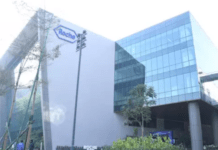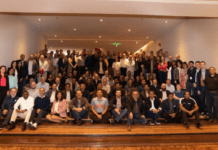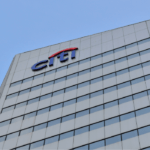Speaking from a historical standpoint, India is one of the worst countries for fresh, college graduates. The unemployment rates have always been on the higher side in the country and people with higher education levels hold a significant share in that. In 2019, the share of graduates in the total unemployment rate stood at 16.3 per cent, the largest share for any demographic in terms of education level, followed by post grads, whose share stood at 14.2 per cent.
Enter the pandemic and the already significant gap only widened further. According to a survey by job-search platform, Firstnaukri, almost two-third of the freshers who graduated in 2020 remained jobless. While higher-education institutions adapted by shifting learning online, the effectiveness of online education continues to be a big question mark.
The HR in most major companies are focused on building a more comprehensive learning and development (L&D) programme for their new recruits. Extensive reskilling has also become the norm across multiple industries at the moment.
Amit Sachdev, chief people officer, Tata Insights & Quants, tells HRKatha that the gap between the industry and academia, which was already glaring in pre-pandemic times, has only increased during the past two years of COVID. This gap does not only affect the industry at the moment but has a deeper, long-term effect as well. “The tech talent from the 2020 and 2023 batches will be rendered unemployed soon. After all, their most important years of the engineering course, that is, the second and third years, that form the basic foundation, were deprived of adequate and quality input.
The foundation of technical learning is significantly compromised as online education is not a reliable replacement for the conventional mode of learning. This is and will be further apparent in the academic results and the placement result of the batches as well,” remarks Sachdev.
The HR head opines that physical interaction is a great facilitator for learning, and technology has not been able to make up for that when it comes to learning. “Tier-I institutions have shown agility in transforming and adopting technology. Adoption of the new environment is a challenge for them, but they have sorted out the issue of content development and delivery to the students more successfully than the Tier-II regional institutions. They still hesitate to come to digital platforms and are not as tech savvy. This does nothing but create a gap between the industry standards for talent and what the academic machinery is churning out at the moment,” says Sachdev.
The survey also highlighted that more than 70 per cent of college students in 2020 took the onus of reskilling upon themselves, by finding and registering with relevant online modules. More recently, Sachdev says, that top-tier educational institutions have picked up on the same. “Premier institutions have adopted agility by partnering with new-age learning startups. Big institutions have partnered with them to disseminate learning in a more efficient manner in a bid to bridge this large gap,” he explains.
Challenges for industry
Talent has posed two prominent challenges for the corporations. It is taking a longer time for fresh talent — that is conceptually sound but lacks proper exposure to the industry that the academia ensures but couldn’t follow through due to the pandemic — to groom and perform. Additionally, those whose professional growth depends on their on-the-job learning are not being able to connect themselves to the bigger picture of the company’s business, and therefore, have become more execution focused.
Further, large-scale digitilisation of business fuelled by the pandemic has seen systems and processes — that were once physical or manual — now becoming automated. These systems are governed by sophisticated new business software or SaaS platforms that require extensive skilling for successful navigation. Currently, Indian institutions are also failing to answer the bell on this front.
These factors have led companies to focus more extensively on relearning for their new talent.
Chandrahas Shetty, president-HR, Alembic Pharmaceuticals, says that learning is a continuous process and organisations with a strong learning culture were able to quickly upskill their new recruits throughout the pandemic.
He further explains that transitioning to the digital era made the company thoroughly examine the learnability quotient of the people they hire. “Learning agility is one of the core competencies I look for when hiring. Even before the pandemic hit us, we were working to develop our people’s capacities so that they would be future ready for the digital era, which we all knew would prevail in the near future. Being proactive and predicting the future of work paid well when we had to transition to the virtual way of working, allowing new employees to participate in advanced training sessions and become acquainted with new digital tools,” Shetty explains.
Value our content... contribute towards our growth. Even a small contribution a month would be of great help for us.
Since eight years, we have been serving the industry through daily news and stories. Our content is free for all and we plan to keep it that way.
Support HRKatha. Pay Here (All it takes is a minute)




































